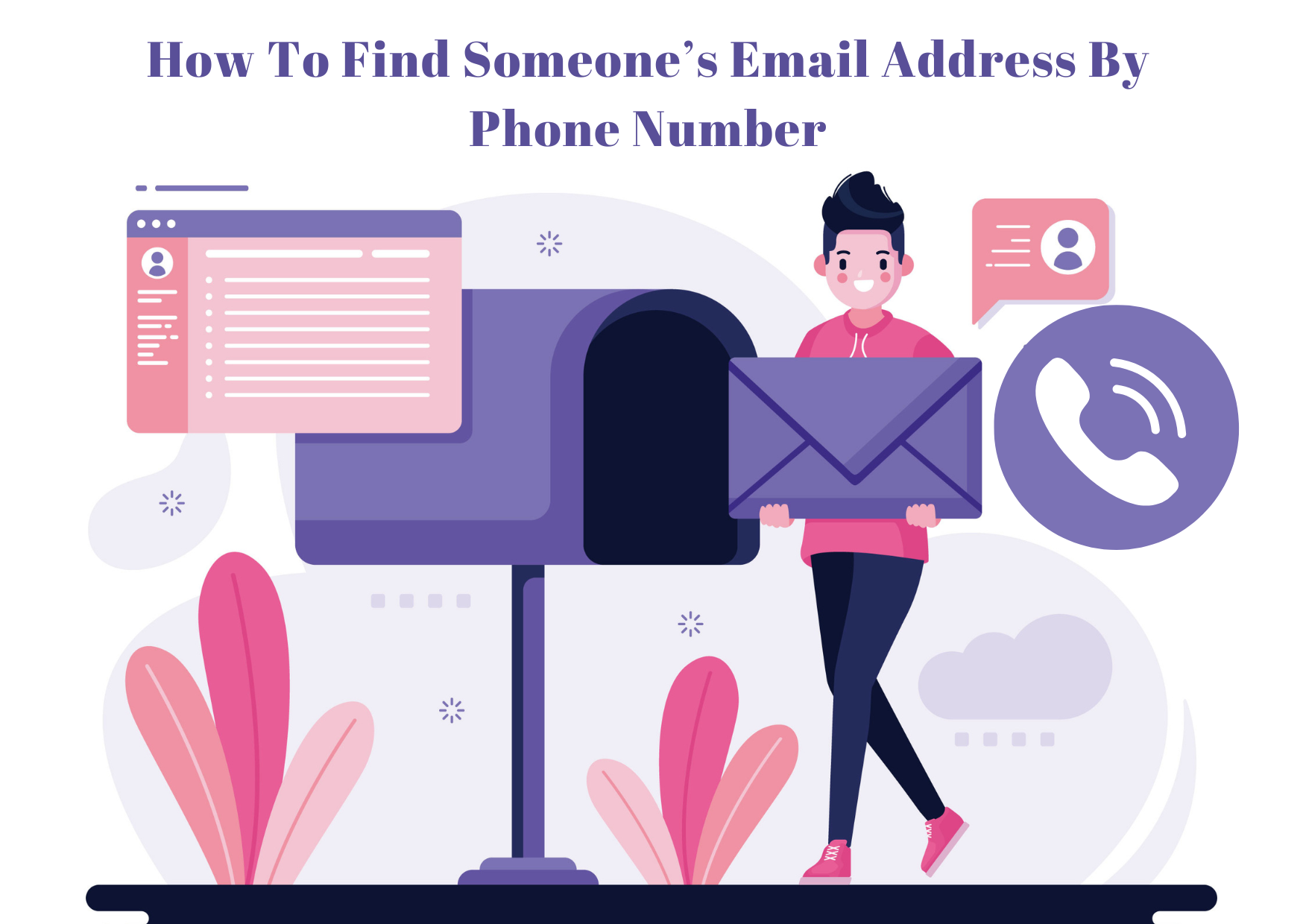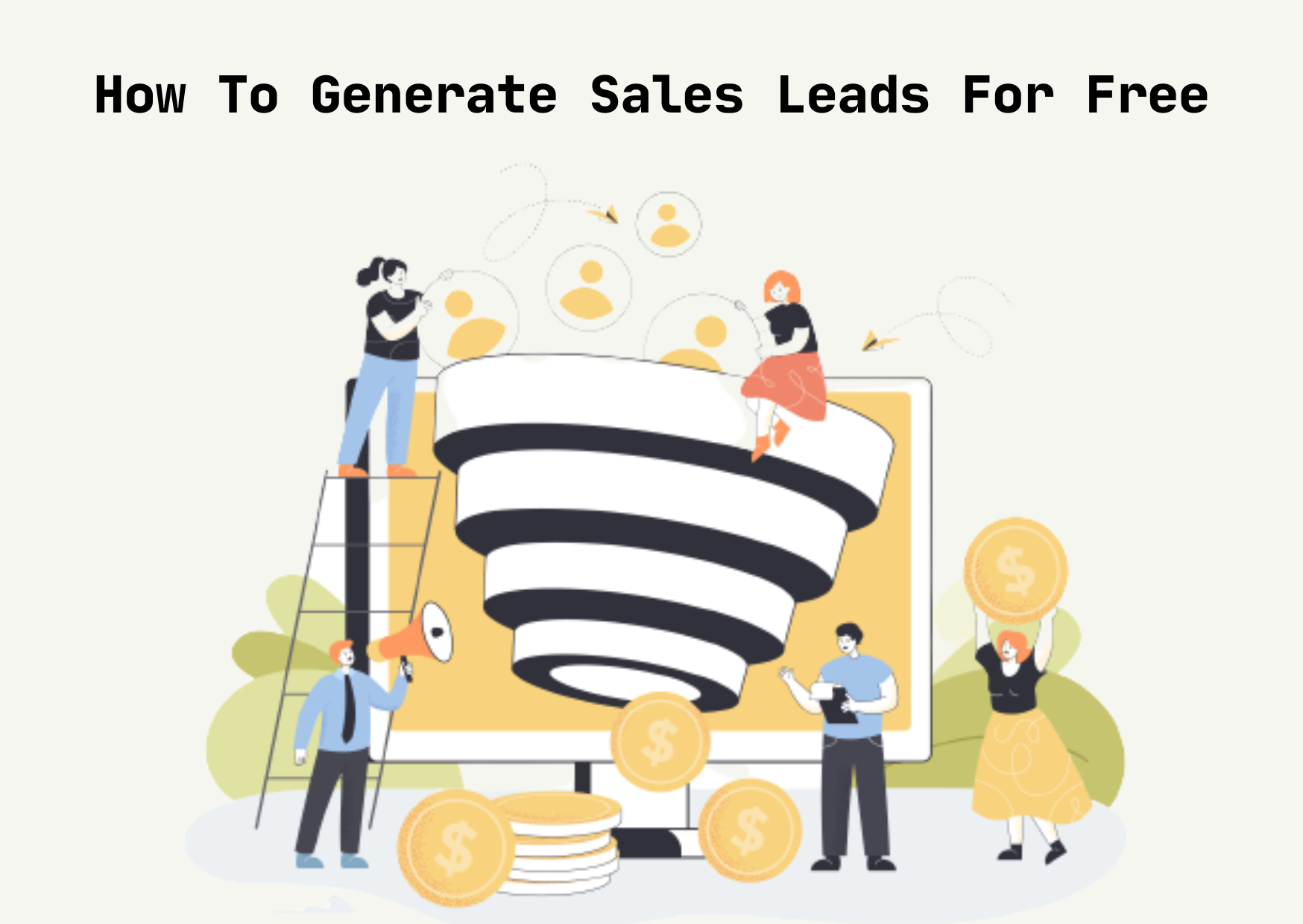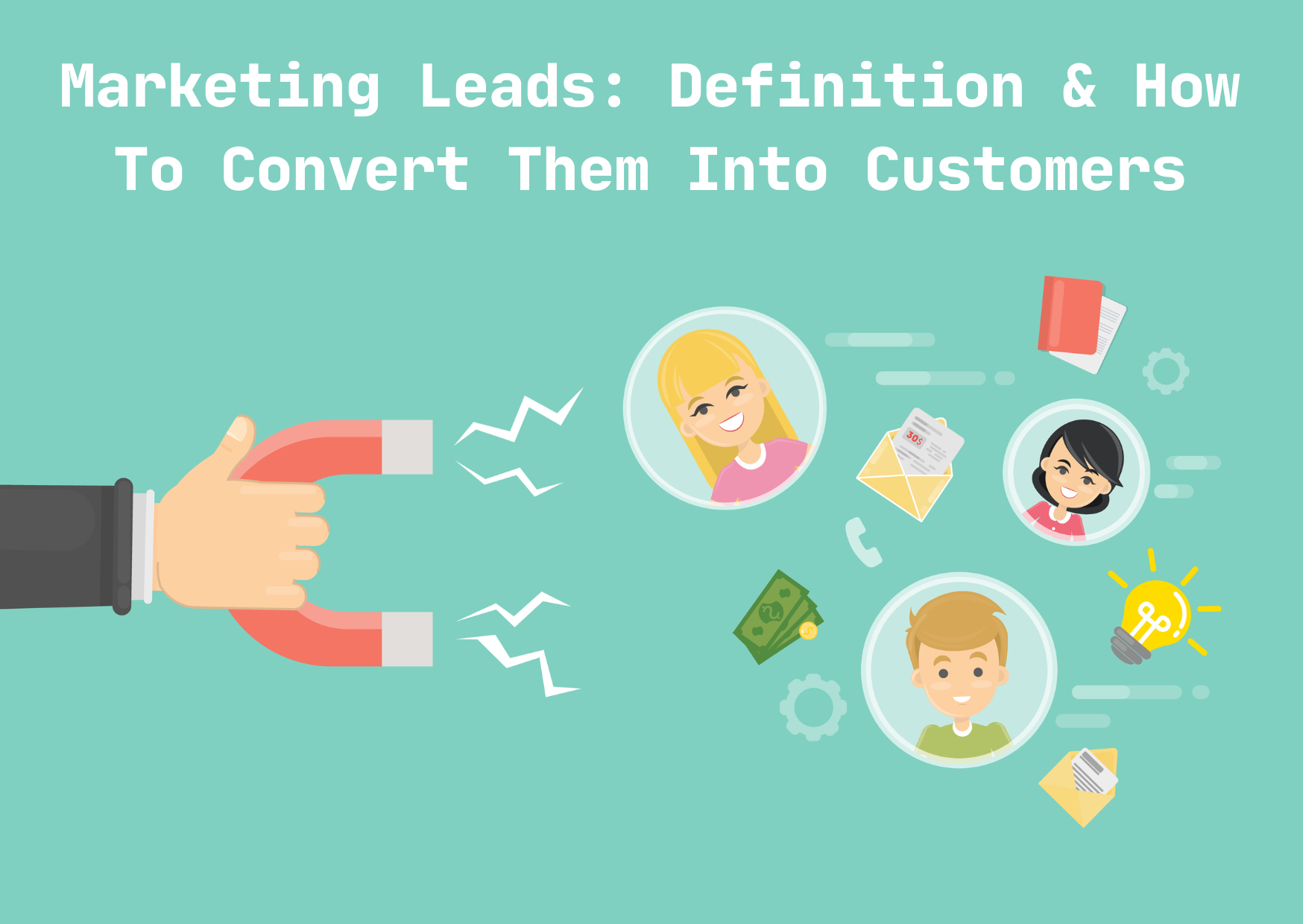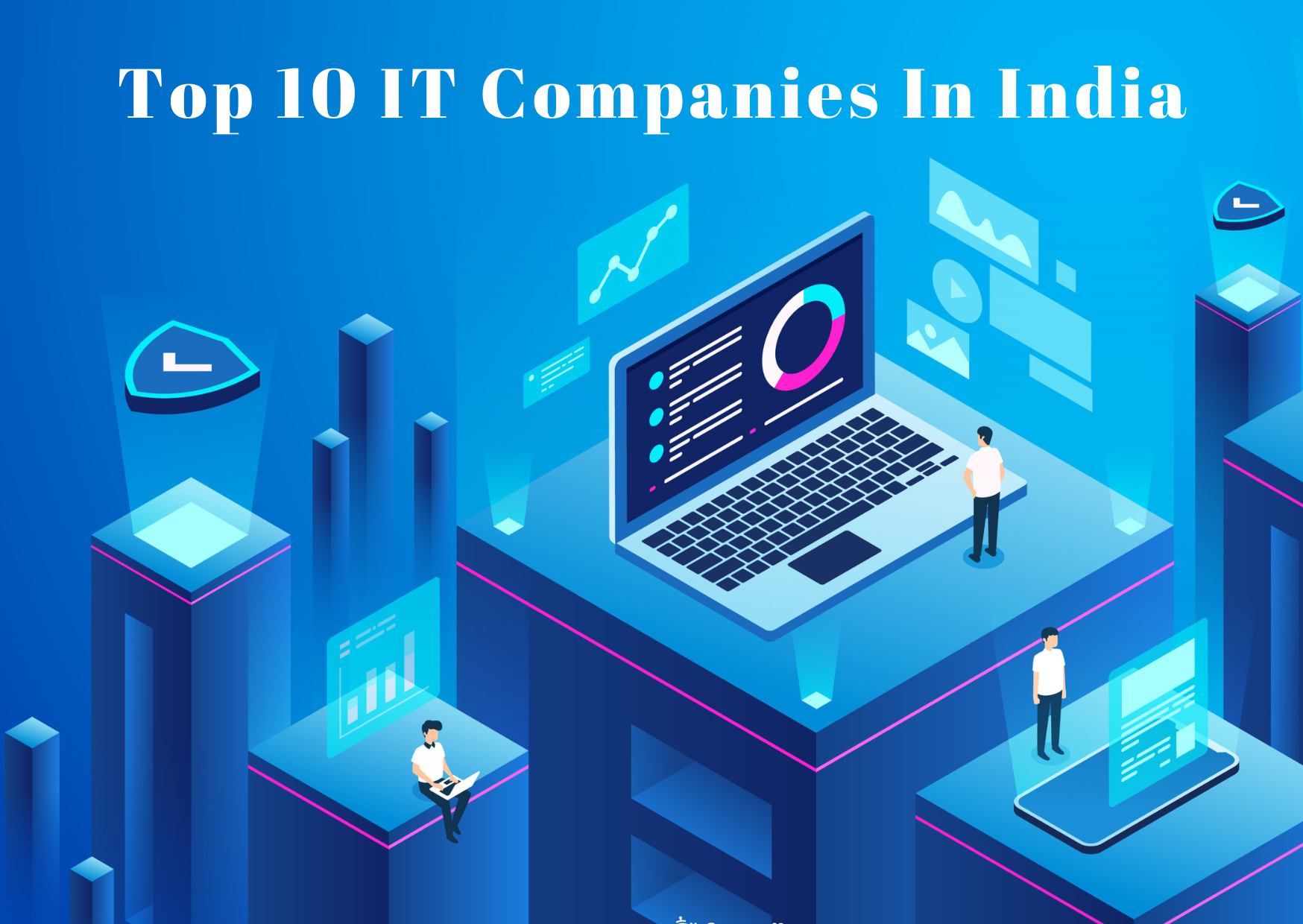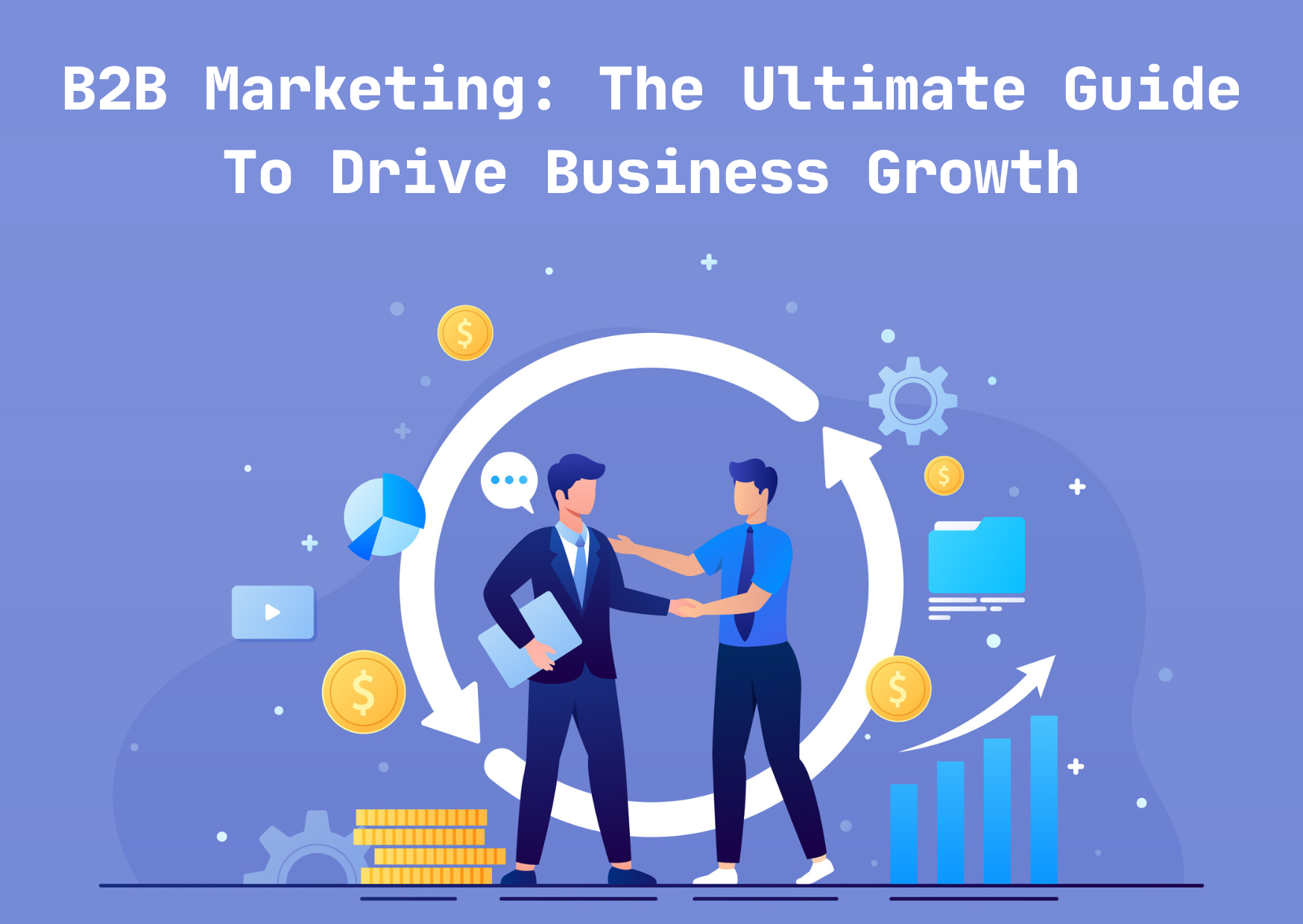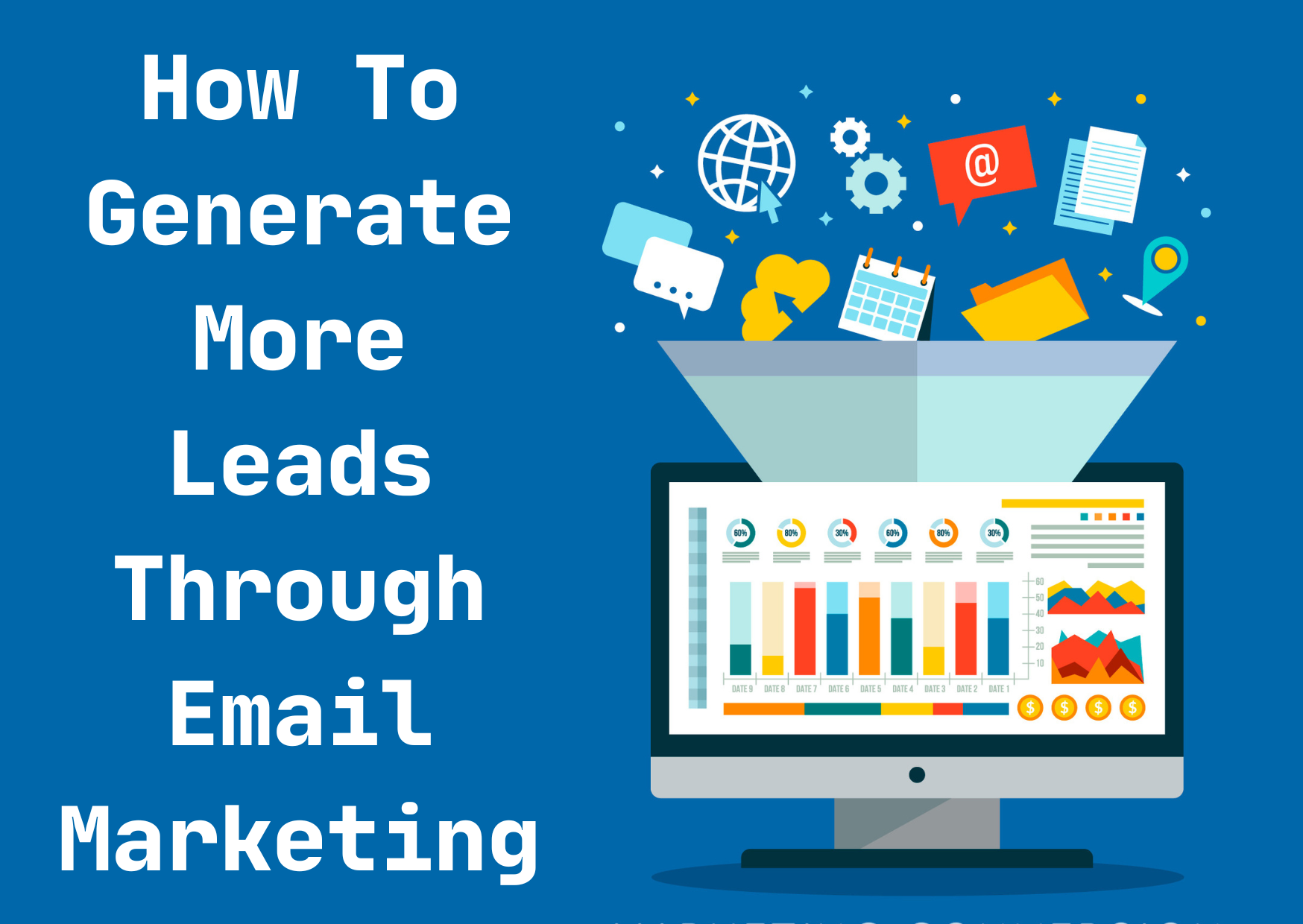When you are in a business, outbound lead generation is one of the most effective ways to increase sales. But it is also one of the toughest strategies to master. If you want to increase your company’s revenue with outbound lead generation, there are some things you should know about this powerful marketing technique and how it works.
Well, outbound lead generation is the art of understanding what motivates your target audience and then identifying them. It’s about finding prospects who would benefit from your services and approaching them with a message that speaks to their individual needs and interests.
What is outbound lead generation?
Outbound lead generation is a sales strategy where you proactively seek out potential customers or clients, rather than waiting for them to come to you.
It is the process of reaching out to potential customers who might not know about your product/service. Your sales team will identify prospects and reach out to them with a message that prompts them to take action.
B2B outbound lead generation focuses on cold calling, cold emailing, and social selling to reach out to potential leads. The ultimate goal of it is to drive interest in a product/service and build a sales pipeline.
What are outbound leads?
An outbound lead refers to any B2B prospect who has shown interest in your company’s products or services but has not purchased yet.
In order to qualify an individual as a lead, he/she must have shown interest in what you are selling.
There are two examples of outbound leads:
Marketing Qualified Lead (MQL):
A lead who has shown interest in your product/service through visiting your website or via social engagement.
Sales Qualified Lead (SQL):
A lead who has been selected – first by a marketing team and then by one of your sales representatives.
How does outbound lead generation work?
Outbound lead generation refers to strategizing your content and marketing activities to attract your potential customers. This is done through both your sales team and your marketing team.
Outbound Sales Team
The sales team includes:
Sales Development Representatives (SDRs) – they reach out to leads and qualify them using lead scoring models or ideal customer profiles. Then they negotiate deals, offer live demos, and close sales.
SDRs are similar to Business Development Executives (BDRs).
Marketing Development Representatives (MDRs) – they take follow-ups on any action taken by MQLs.
Outbound Marketing Team
The marketing team includes campaign marketers, content marketers, and performance marketers. Each one has a different function to help generate outbound leads. For example:
Campaign marketers – they run promotional campaigns through email, print, and your social media platforms such as LinkedIn, Twitter, Instagram, etc.
Content marketers – they create engaging content in the form of blogs, social media posts, or videos for your targeted audience.
Performance marketers – they manage all paid advertising and brand marketing activities.
Proven Outbound Lead Generation Strategies For Successful Sales
Here are seven strategies that will help you get more outbound leads and increase your sales:
Cold Calling
Cold calling is one of the most popular outbound lead generation techniques. It involves making phone calls to people who have never heard of your business before. The purpose of cold calling is to ask questions about their needs and their problems and then offer solutions to their problems.
The main advantage of cold calling is that it’s inexpensive and there’s no limit on how many people you can reach out to at once. But, the disadvantage of cold calling is that it can be very time-consuming and difficult because you’re talking with strangers over the phone who may not be interested in what you have to offer them.
Outbound Email
Email marketing is one of the most effective ways to reach potential customers and turn them into leads. You can send email newsletters, and educational content or even offer a free trial in exchange for an email address.
Social Selling
Social media platforms like LinkedIn, Facebook, and Twitter give you access to millions of people who could be potential customers for your products or services. Use social media as a way to connect with potential buyers, share valuable content about your industry, and engage with people who are interested in what you’re doing.
Multi-channel Outreach
To maximize your outbound lead generation efforts, you need to reach out to prospects across multiple channels — email, direct mail, and social media — instead of focusing on just one channel at a time. By combining these channels into one cohesive strategy, you can reach more potential clients than ever before and increase conversion rates by up to 80%.
Content Syndication
Content syndication involves sharing content on a wide variety of sites, including blogs and forums, in order to attract people who might be interested in your product or service. The goal is to build your brand while also getting potential customers’ attention.
This is one of the most successful ways of generating leads because it puts you in front of large audiences without having to pay for advertising space.
Cold Approaching
Cold approaching involves contacting potential customers directly without any previous contact between the two parties. It can be challenging because there’s no guarantee that someone will respond or take action once they’ve received an email or phone call from you — however, it’s still one of the most effective outbound lead generation strategies.
We hope the information provided here will be beneficial for you.
How To Generate Leads
How To Generate Outbound Leads
Lead Generation
Lead Generation Strategy
Outbound Lead Generation
Outbound Leads

